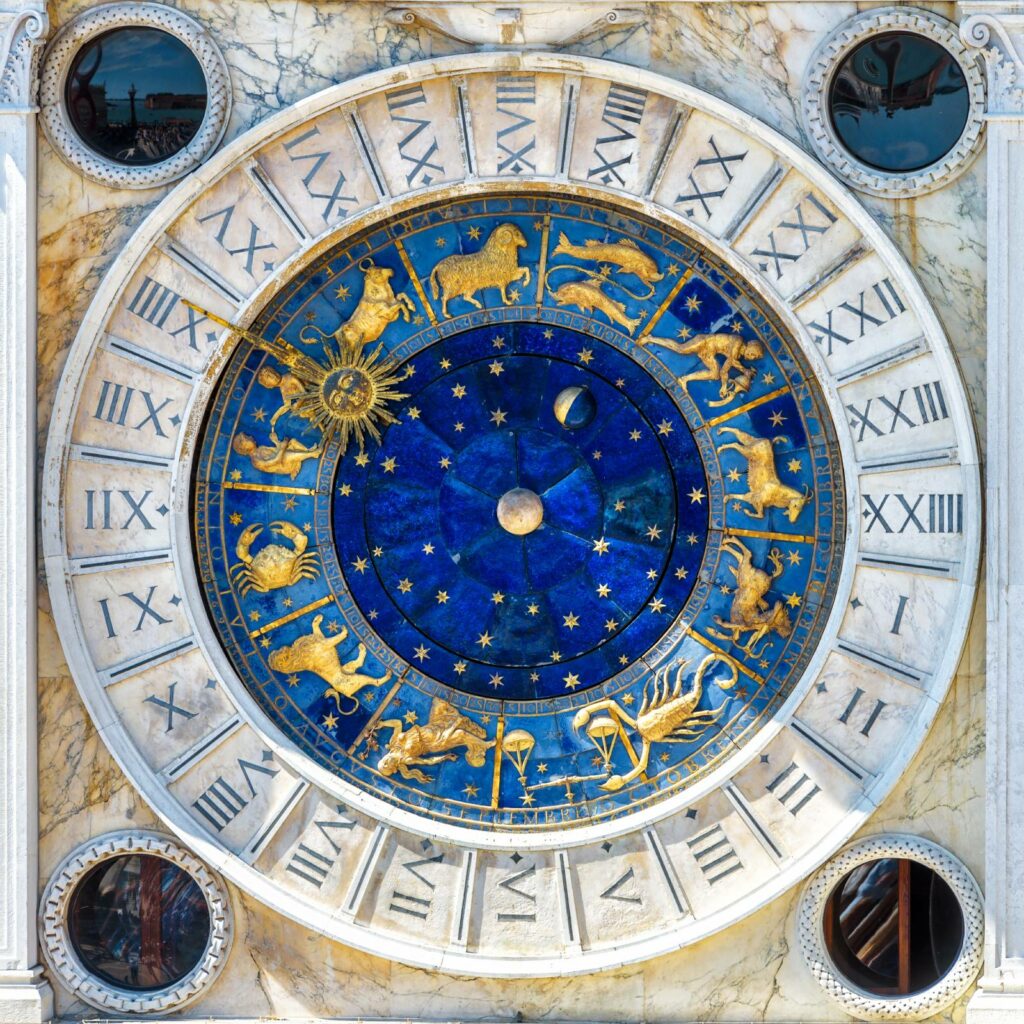

THE HISTORY OF THE CLOCK
If you wanted to find the first clock in history, you would have to look for something completely different from the timepieces we know today. We are talking about the sundial, a pole stuck in the ground - later also in the walls - which, by casting a shadow underneath itself, allowed you to guess the time of day. There was, obviously, no claim to precision, and this ancient clock was useless for many periods: at night or with an overcast sky, in fact, the sundial was completely useless. The evolution of the prehistory of the clock therefore continues with the hourglass, built first with water, and then with sand: it was thus possible to measure the passage of time.
To find the first mechanical clocks in history we have to go back to the fourteenth century, with the first dials appearing on church bell towers, starting from Milan and Paris: we do not know, however, who can be indicated as the inventor of the mechanical clock.
In the meantime, the first house clocks were also born, initially with only an hour hand, then more complex, until arriving, in the seventeenth century, at the classic pendulum clocks, invented by Christiaan Huygens, who filed the patent in 1656 (and can therefore be remembered as the inventor of pendulum clocks). We also know that, in the eighteenth century, John Harrison created spring clocks that were quite precise, capable of working even on board ships.
When was the first wristwatch born?

THE FIRST WRISTWATCH
Given the history of the first mechanical watches, let's look at one of the greatest modern steps in the evolution of the watch, namely the birth of the wristwatch. We know that a wristwatch was commissioned to Abraham-Louis Breguet in 1810, by Napoleon's sister - and Queen of Naples - Caroline Murat. However, there is no information about this first wristwatch: we only know that it was delivered to the queen. The oldest wristwatch in history that has come down to us is the one made by Patek Philippe in 1868: it is a gold wristwatch.

